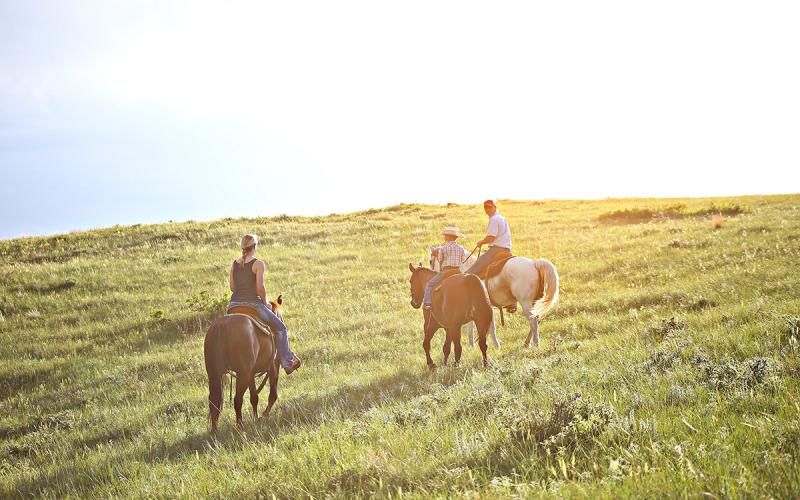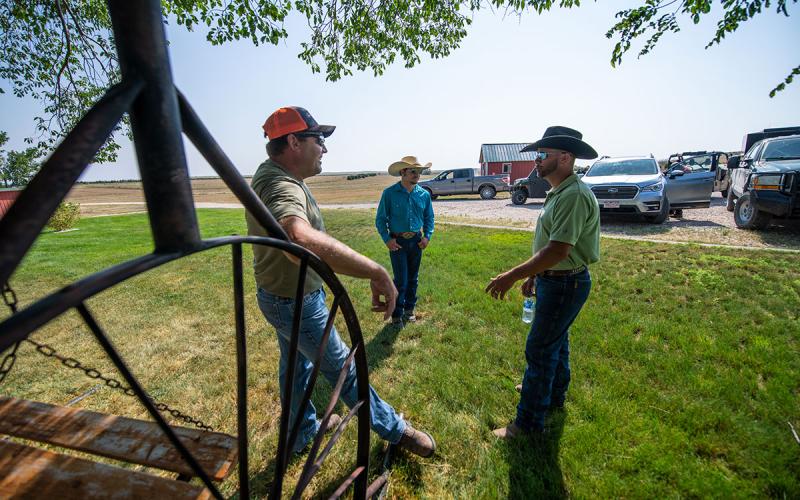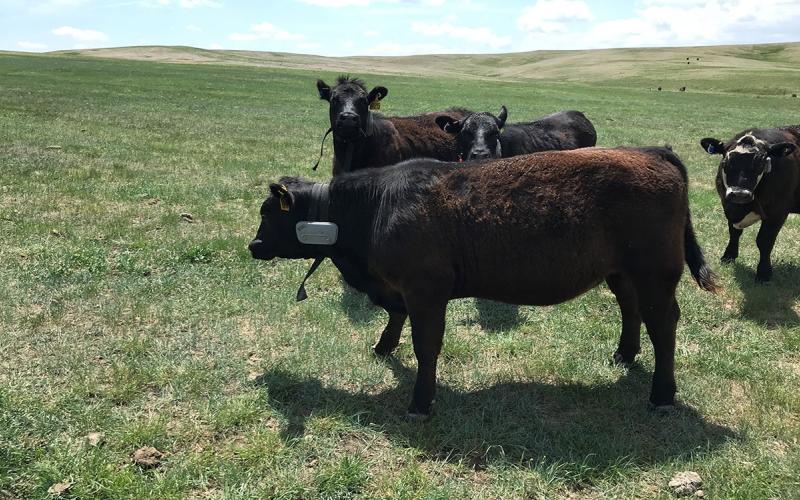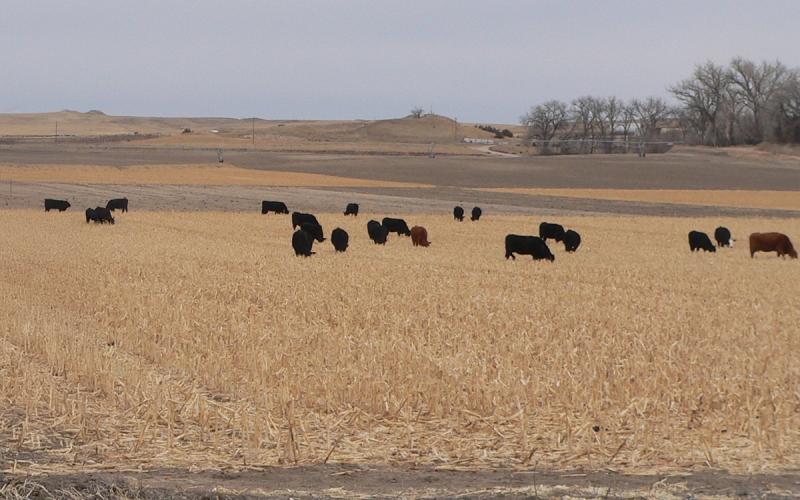
Original article by Tracey Erickson, former SDSU Extension Dairy Field Specialist. Updated by Addie Stamps, former SDSU Extension Livestock Production and Stewardship Field Specialist.
When your livelihood depends on working outdoors or in less-than-ideal conditions, heat and humidity aren’t just uncomfortable, they’re dangerous. In the coming weeks, hotter-than-normal weather is expected, making it crucial to recognize the risks for both workers and livestock.
Working cattle, stacking hay, participating in 4-H achievement days, picking produce, or working on construction sites are essential and must continue regardless of temperature. And while we make efforts to cool livestock, our kids and employees, we tend to overlook ourselves. Protection and prevention are key to avoiding heat exhaustion and stroke, it’s also important that we know the signs to look for.
Heat Stroke vs. Heat Exhaustion
Heat Stroke
Heat stroke is the most serious heat-related illness. It occurs when the body can’t cool itself, causing a rapid rise in core temperature, sometimes to 106 °F or higher within minutes, which can result in death or severe organ damage without emergency treatment.
Symptoms
Heat stroke is medical emergency. If you notice the following symptoms, call 911:
- Core temperature of 104°F or higher
- Red, hot, dry skin (or profuse sweating if exercise-induced)
- Rapid pulse and breathing
- Confusion or agitation
- Slurred speech or seizures
- Nausea and headache
Heat Exhaustion
Heat exhaustion is less severe but can escalate into heat stroke if ignored. It develops after prolonged heat exposure and insufficient hydration or salt intake.
Symptoms
Heat exhaustion is serious, but should ease within 1 hour with proper care. Symptoms include:
- Heavy sweating including cool/moist skin with goose bumps
- Pale complexion
- Weak, rapid pulse; low blood pressure upon standing
- Dizziness possibly fainting
- Muscle cramps
- Fatigue
- Nausea and headache
What to Do
If you suspect heat stroke you should call 911 immediately. Move to shade or indoors, and remove excess clothing, if you can do so safely. You want to cool rapidly (cold water immersion if possible; otherwise mist with water while fanning and place cool packs on neck, groin, and armpits)
For heat exhaustion or cramps, rest in the shade or air-conditioning. Cool gradually with damp cloths, a cool shower, or a lake/pool dip. It is crucial that you rehydrate every 15 minutes with water and electrolytes—unless on fluid/salt restrictions, in which case follow your doctor’s advice. Avoid sugary drinks or alcohol.
Prevention and Safe Practices

Who is At Risk?
CDC highlights groups particularly at risk: older adults, children (especially under age 4), people with obesity, those with chronic illnesses, and individuals on medications that affect heat response.
Safe Practices
CDC’s new Heat and Health Initiative promotes the three S’s: Stay Cool, Stay Hydrated, Know the Symptoms. Here’s how to stay ahead:
- Wear light-colored, loose, breathable clothing, and bring along a light hat or bandana.
- Take frequent breaks with fans or shade. If possible, schedule work during cooler times, start early in the morning or wait till the evening.
- Drink water often and include sports drinks or electrolytes when sweating heavily. Avoid alcoholic beverages or sugary drinks that could worsen symptoms.
- Use sunscreen—burnt skin hinders cooling.
- Go gradually—your body needs time to acclimate over days or weeks. When hosting events or working with others that don’t spend much time outdoors, pay extra attention.
In Summary
Your health is just as important as the job you do. By staying cool, hydrated, and alert, and by spotting early signs of heat distress, you protect yourself, your crew, and your operation. Let’s keep the work moving and the people safe.
References
- CDC Announces Important Advances in Protecting Americans from Heat, Centers for Disease Control and Prevention.
- Recognizing and preventing heat-related illness, Mayo Clinic.


